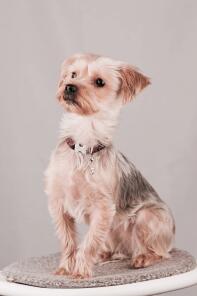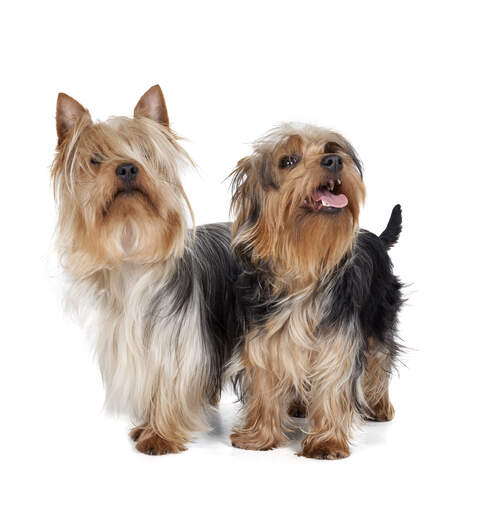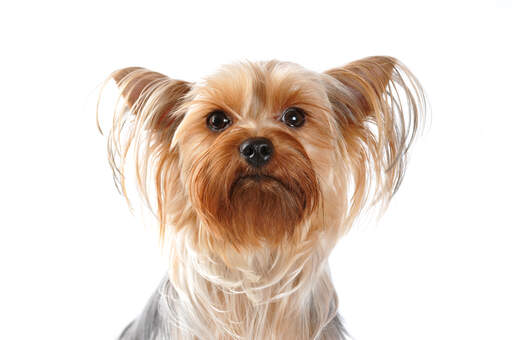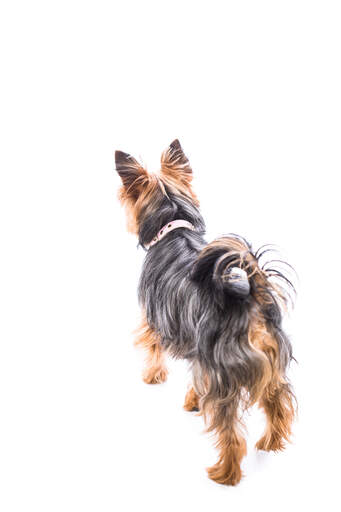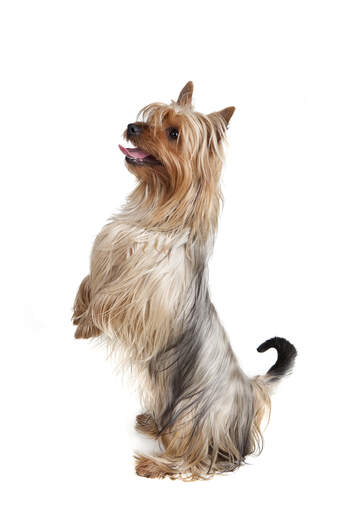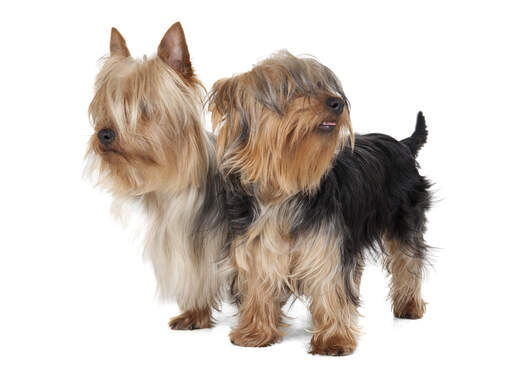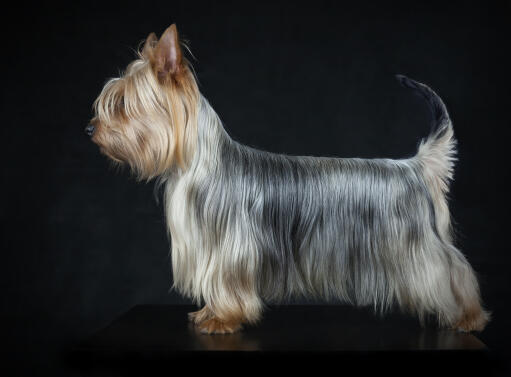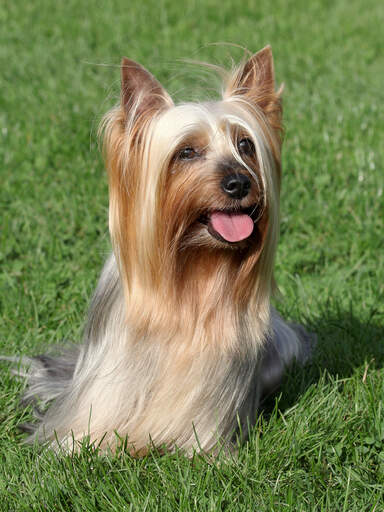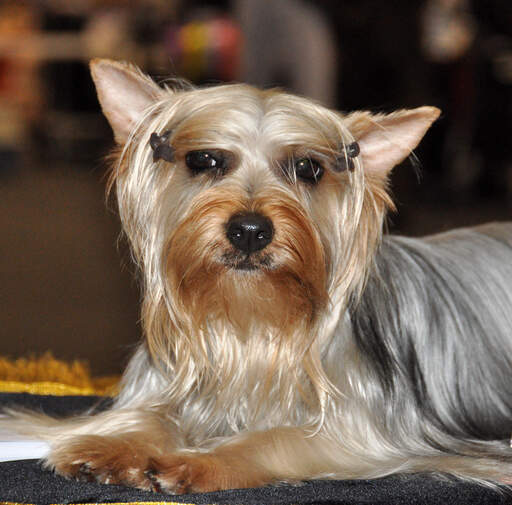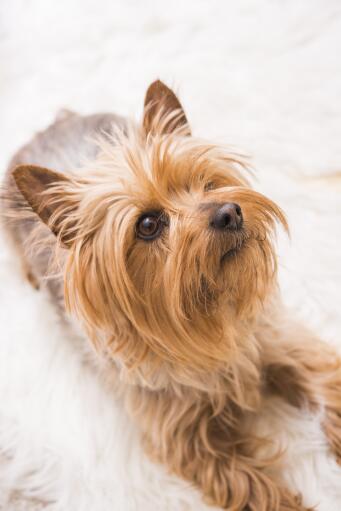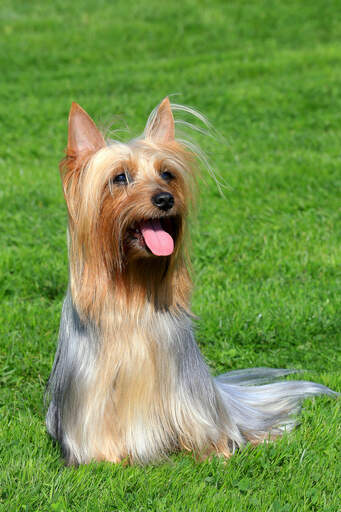Silky Terrier Dogs











History
The Silky Terrier comes from Australia.They are a result of cross-breeding between the Yorkshire Terrier and the native Blue and Tan Australian Terriers. The result of this cross was a small dog with silky, long fur. The breed standard was drawn up by the early 1900s. They are called Australian Silky Terriers in Australia and simply Silky Terriers outside of their homeland.
Behaviour
These are small, active, playful and mischievous dogs, but they are still terriers at heart. They are sometimes classed as toy dogs, though this isn’t exactly accurate as they still have a very high prey drive and will chase after any rodent-like creature they happen to spot. They are ok with older children, but keep in mind that they are small and relatively fragile so rough play has to be avoided.
Silkies make great watchdogs, and they will alert you whenever anyone is at the door or approaching the property. They are a little shy with strangers at first, but will usually be fine once the initial getting-to-know-each other phase is over. As is the case with many small breeds, this is a brave dog that has no problem taking on a dog 10 times its own size. Early socialisation will be needed to avoid a scrappy dog in adult life. They like to be around their family.
Consistent training will work wonders with this breed. They are intelligent and will pick things up quickly. Their love for being around their loved ones can also be utilized, and playing games as a family whilst training will only make them learn faster. They can be prone to boredom and will need something to do to keep their minds active. They will often come up onto your lap for some attention, but don’t be fooled, this is no ordinary “lap dog”. They will race to the door the second they hear someone approaching. They also like to bark and will do so a lot if not trained against this.
The Silky’s need to be close to people means that it can suffer from separation anxiety, it is important to leave them alone for small periods of time whilst they are still young to avoid any problems in later life. They are best suited for a household in which someone is always home, but their small size means that they can be taken pretty much anywhere. They need to burn off any extra energy they may have with a short walk or a play session. They like to run around in the garden, though they do like digging and may cause some damage to your flower beds.
Their long coats need regular brushing. A trim when it gets too long will also be needed. Bathing should be done once a month to keep the coat in good condition.
Temperament
Silky Terriers have an alert and inquisitive temperament. They are clever little dogs who are curious about everything and will have to explore every corner of any new place they go. They should be socialised as early as possible so they learn that strange dogs and people are not a threat. Noisy like most terriers the Silky will have to announce the arrival of anyone.
Health Problems
Silkies can suffer from Patellar Luxation (dislocation of the knee cap), Legg Calvé Perthes disease (degeneration of the femoral head which can cause lameness and joint swelling), canine hip dysplasia (CHD) and Tracheal Collapse - it is recommended to use a harness rather than a collar to help prevent exacerbating these problems. Other potential health issues include cataracts, progressive retinal atrophy (degeneration of the retina which can lead to blindness), cancer, allergies, and epilepsy.
Breed Details
- Status: Common
- Life Expectancy: 12 - 15 years
- Weight: 9 - 11 Ibs
- Height: 9 - 10"
- Rare: No
- Coat: Medium
- Grooming Requirements: More than once per week
- Town or Country: Either
- Minimum Home Size: Flat
- Minimum Garden Size: No Garden
- Breed Type: Toy Dog
- Size: Small
- Energy Level: High
- Exercise Required: Up to 30 Minutes
Silky Terrier Pictures
